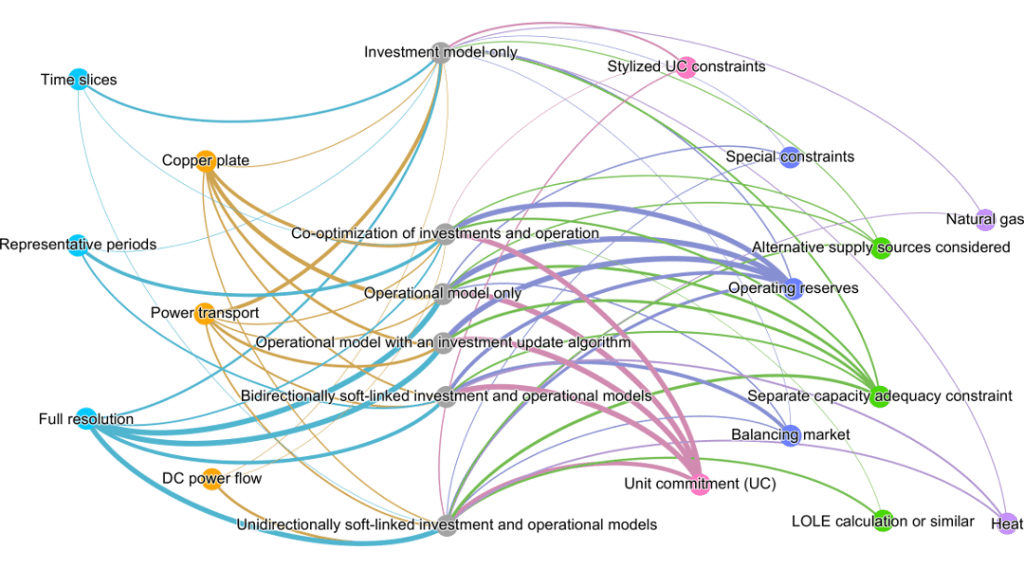Scientists from VTT and National Renewable Energy Laboratory have reviewed a large number of energy system planning studies and investigated the impact of modelling methods on wind and solar integration results.
Historically, the most relevant objective in power system planning has been to meet the so-called load duration curve at minimum cost. However, the increasing share of variable renewable energy generation brings about additional challenges for the modelling: operational constraints of power plants, sufficient presentation of possible variations across time and space, representation of electricity flows in the power grids, forecast errors, power system stability, sufficient capacity to meet demand peaks, integration with other energy sectors like transport and heating, and uncertainty related to technology and energy prices as well as policy decisions.
Based on the level of integration between the planning and operations, the researchers categorized the planning studies into four levels: (1) approaches using either investment models only or operational models only; (2) models where investment results were further evaluated with an operational model; (3) methods that iterate between planning and operations; and (4) simultaneous optimization of investments and operations. Next, the researchers investigated how well those methods were able to tackle the modelling challenges associated with variable renewable energy generation and what kind of impacts different model simplifications had on the planning outcome.
The results of the collaboration were published in a WIREs Energy and Environment article. These results highlight that using a low temporal resolution or only few representative days will not suffice to determine a near-optimal generation portfolio in the presence of variable renewable energy generation. Furthermore, taking into account operational constraints of power plants and power grids is important as they can have unexpected impacts on the planning outcome, especially together with various policy constraints, such as target shares for renewables or CO2 limits.

Adequate representation of potential flexibility sources – also in other energy sectors – becomes necessary as the amount of variable renewable energy generation increases. Yet, the researchers found that the most comprehensive power system planning methods – that is, those based on simultaneous optimization of investments and operations – consistently omitted sector interactions and focused on the power sector. There is a clear need for further model development and data acquisition.
The findings of the review underline the significance of an informed selection of the model for power system planning. Likewise, an appropriate interpretation of the model results is essential, and it needs to account for the underlying simplifications and assumptions in each model, as well as the purpose of modelling.
Kindly contributed by the Authors.
















